Lifetime Achievement awards recognize long-time DOE Sustainability Champions who have dedicated significant amounts of time to making DOE sustainable.
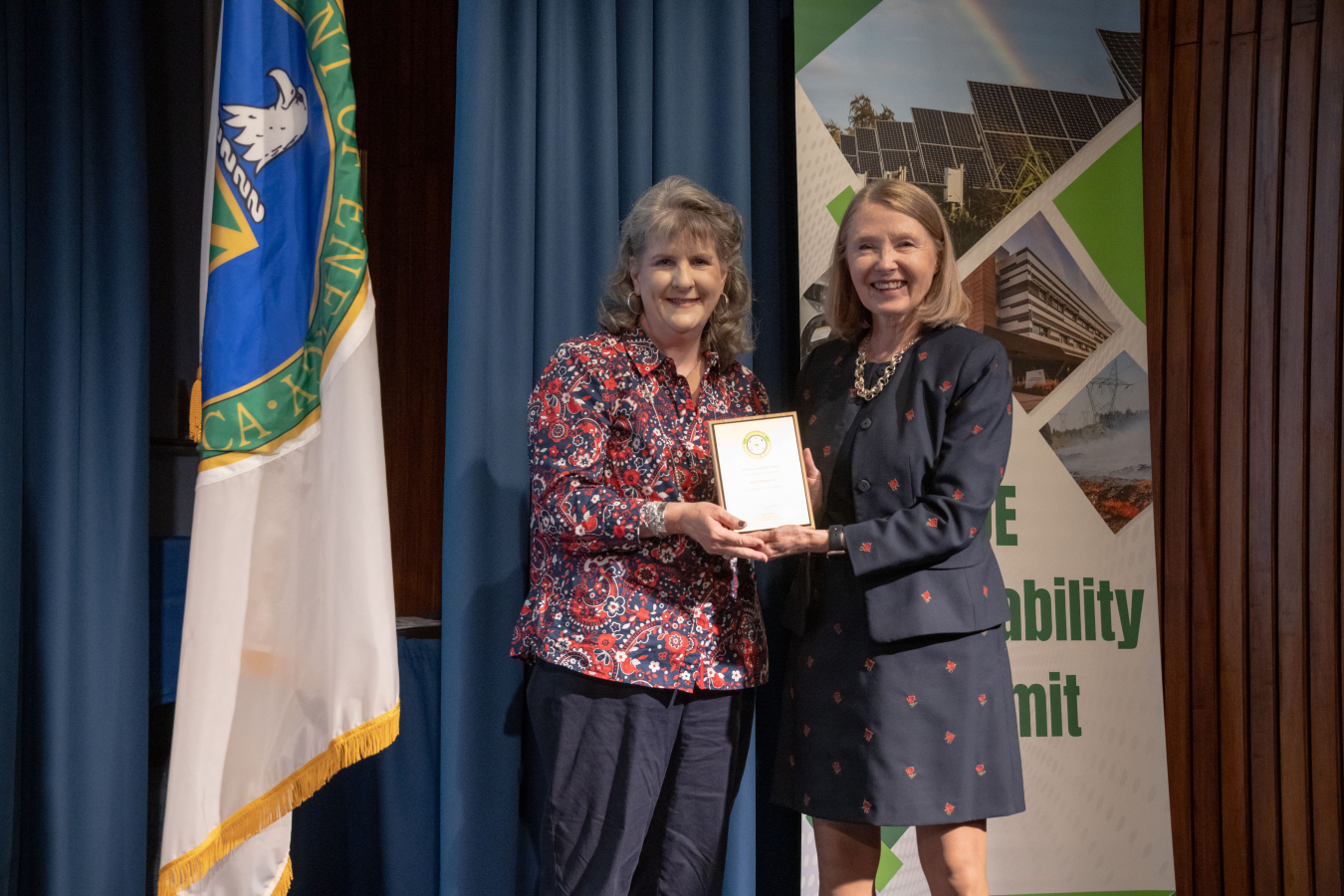 Aprell Patterson
Aprell PattersonAprell Patterson, Y-12
For the past 34 years, Aprell has been the cornerstone of the Pollution Prevention Program at the Y-12 National Security Site. Aprell’s unwavering leadership in sustainability at Y-12 has resulted in the diversion of nearly 8,000 metric tons of material, the recycling of nearly 6 million pounds of material, and the reduction of 35,000 metric tons of carbon dioxide emissions. Aprell’s dedication has cemented long-term relationships across Y-12, facilitating a sustainable mindset and true behavioral change.
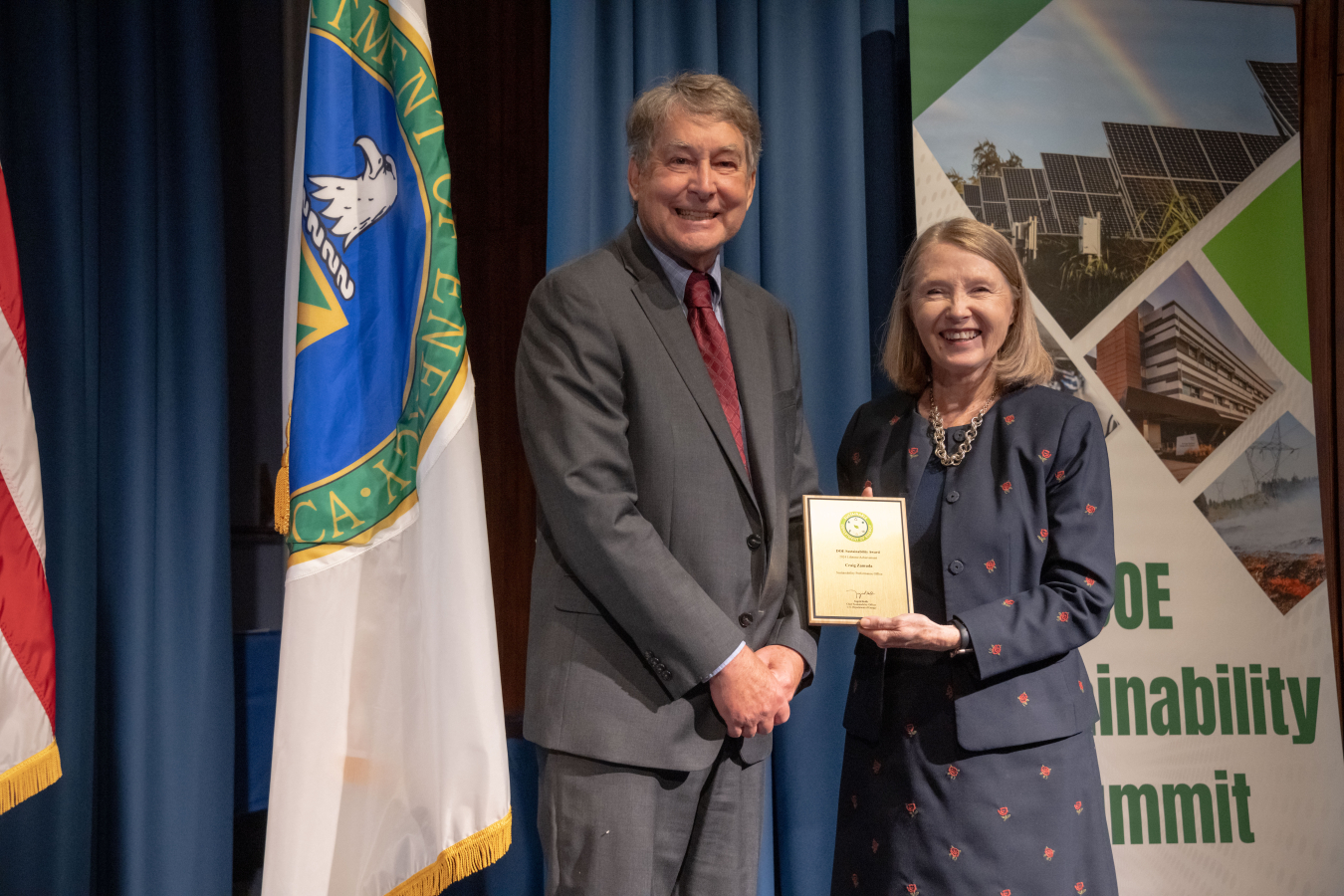 Craig Zamuda
Craig ZamudaCraig Zamuda, SPO
Craig helped reshape the SPO by leading the development of our first strategic plan in over a decade. He significantly increased the size of our federal team and shifted our primary focus to leading the charge for DOE on the Administration’s sustainability goals. As a director, he led the team for a number of notable successes, including leadership in CFE, launching the Secretary’s performance contracting challenge, implementation of DOE’s charging port and sustainable travel memos, and the revival of DOE’s Climate Adaptation Plan and DOE’s Climate 101 course. Craig’s leadership has, time and again, demonstrated outstanding strategic and innovative thinking, professionalism, and creative problem solving.
Sustainability Champions are individuals who advance sustainability goals relating to sustainable buildings, water, waste, sustainable acquisition, and other topic areas.
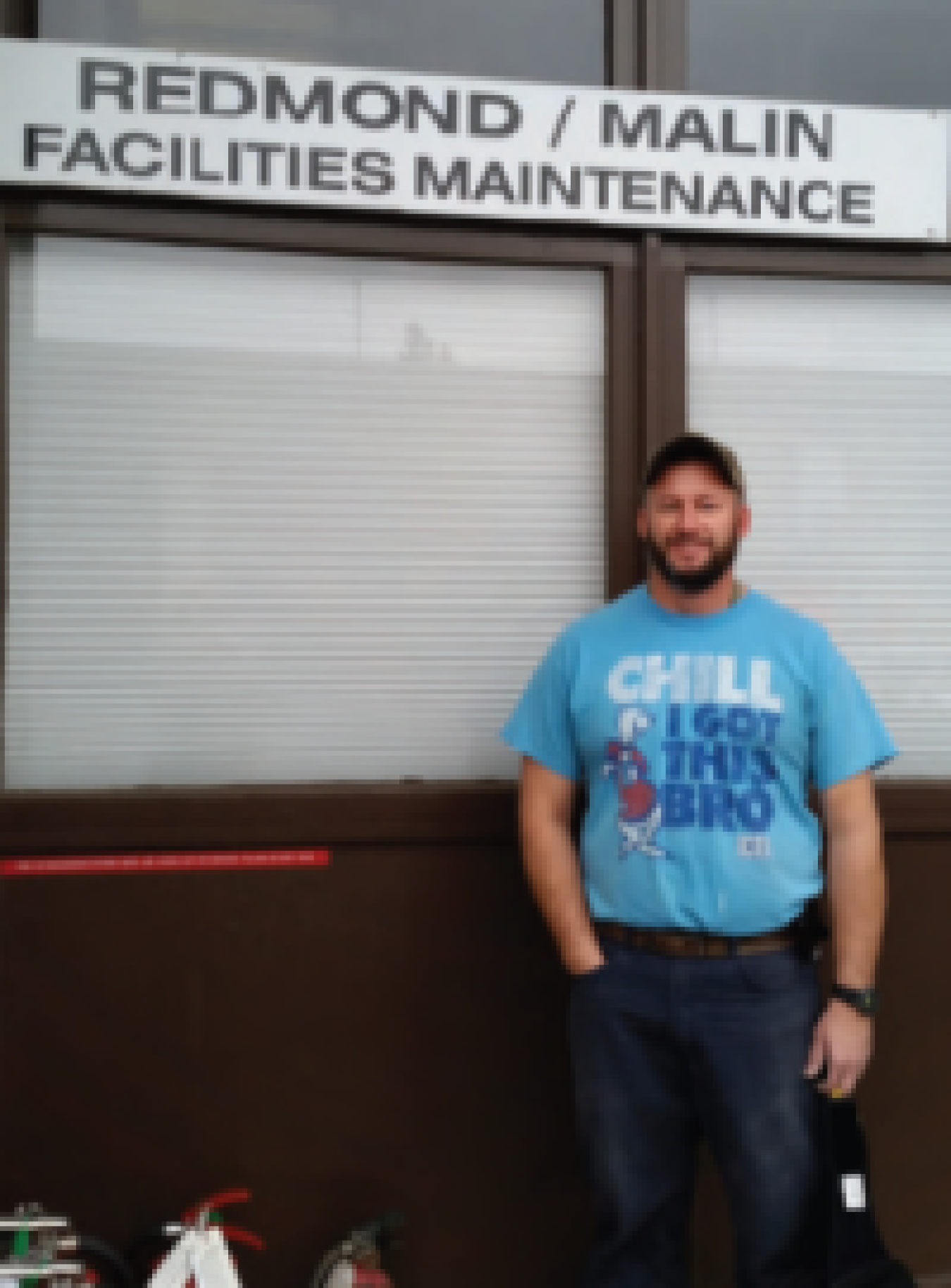 Craig Sanders
Craig SandersCraig Sanders, Bonneville Power Administration
Craig supports more than 60 facilities across 50,000 square miles in Oregon and Northern California. As an expert in the many systems that keep the sites running, Craig has been a pivotal player in numerous water and energy efficiency projects that have saved over 800,000 kWh and $58,000 per year. Craig’s ability to spot opportunities for efficiencies, coupled with his desire to build trust in future energy and water efficiency projects, makes him an unsung sustainability hero at BPA.
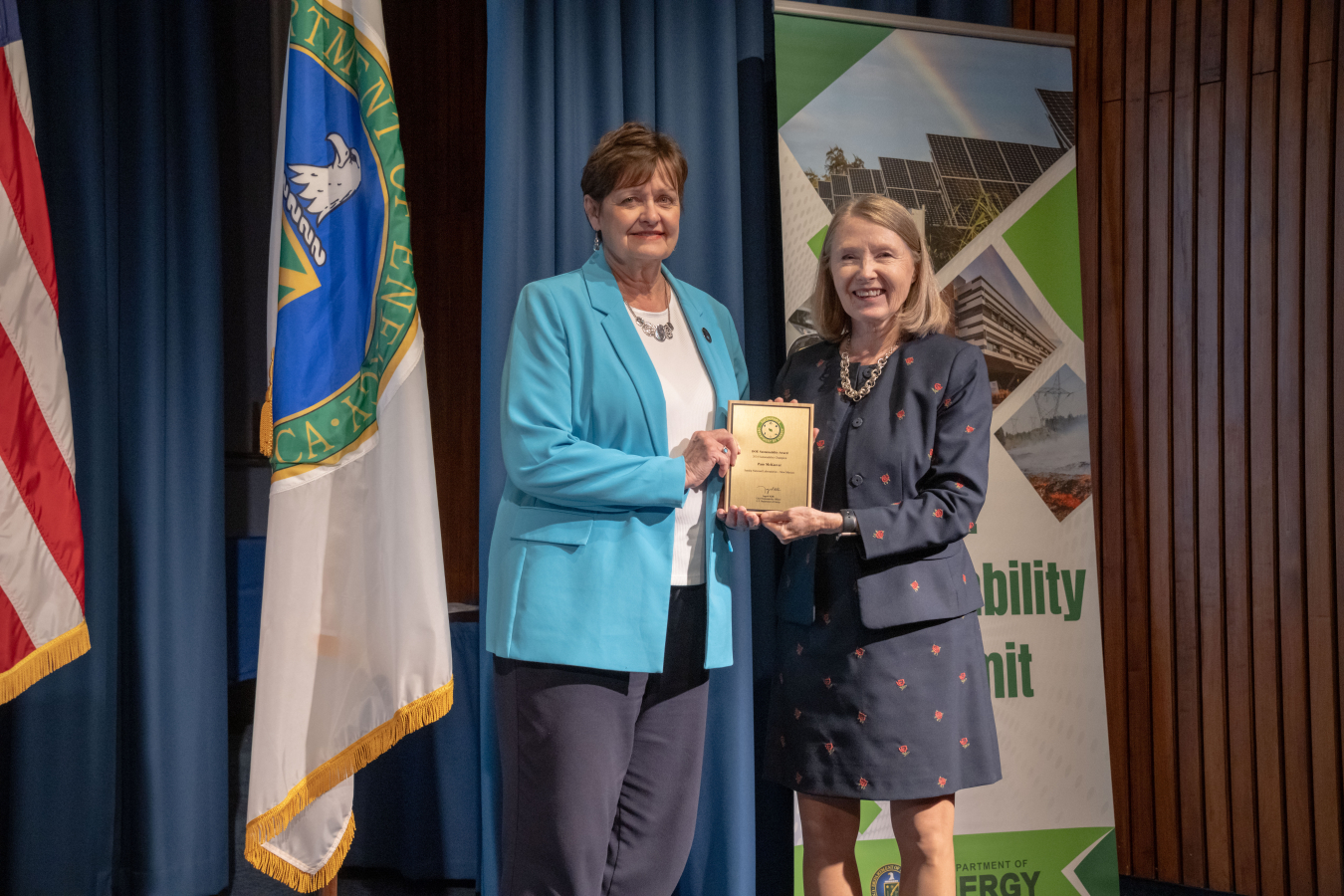 Pam McKeever
Pam McKeeverPam McKeever, Sandia National Labs - New Mexico
Pam has been a tenacious sustainability advocate and prompted the development of two Net Zero Roadmaps for Sandia New Mexico and California. These roadmaps outline clear steps for a reduction in the equivalent of up to 250,000 MT of carbon dioxide. Pam also led the Smart Labs initiative to retrofit 16 fume hoods saving an annual 37,000 kWh and $48,000. Pam has been a true sustainability champion and continues to drive sustainability at Sandia National Labs.
Outstanding Sustainability Programs or Projects that significantly reduce energy use and water reduction.
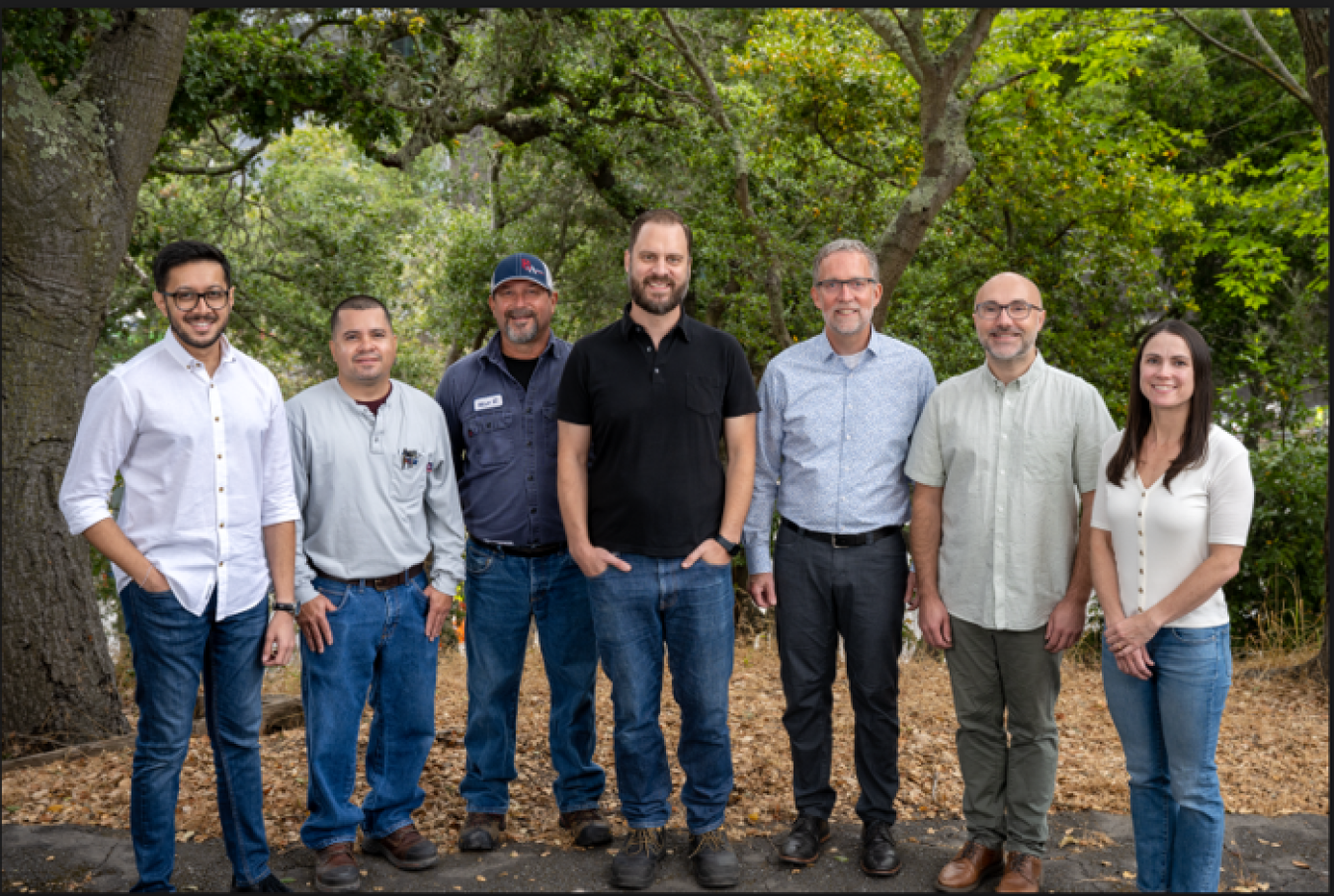 LBNL team
LBNL teamDeep, Cost-Effective, and Persistent Energy Savings in a Large Laboratory Building, Lawrence Berkeley National Laboratory
The Ongoing Commissioning team’s hard work has saved $120,000 per year by decreasing natural gas consumption by 59% and overall energy consumption by 35%, compared to a 2017 baseline. These savings were achieved by optimizing HVAC systems to better match services to needs and by ensuring operating systems were working efficiently.
Outstanding Sustainability Programs or Projects that help advance the E.O. 14057 goals of achieving reductions in scope 1 greenhouse gas (GHG) emissions, waste and pollution, and increasing water efficiency.
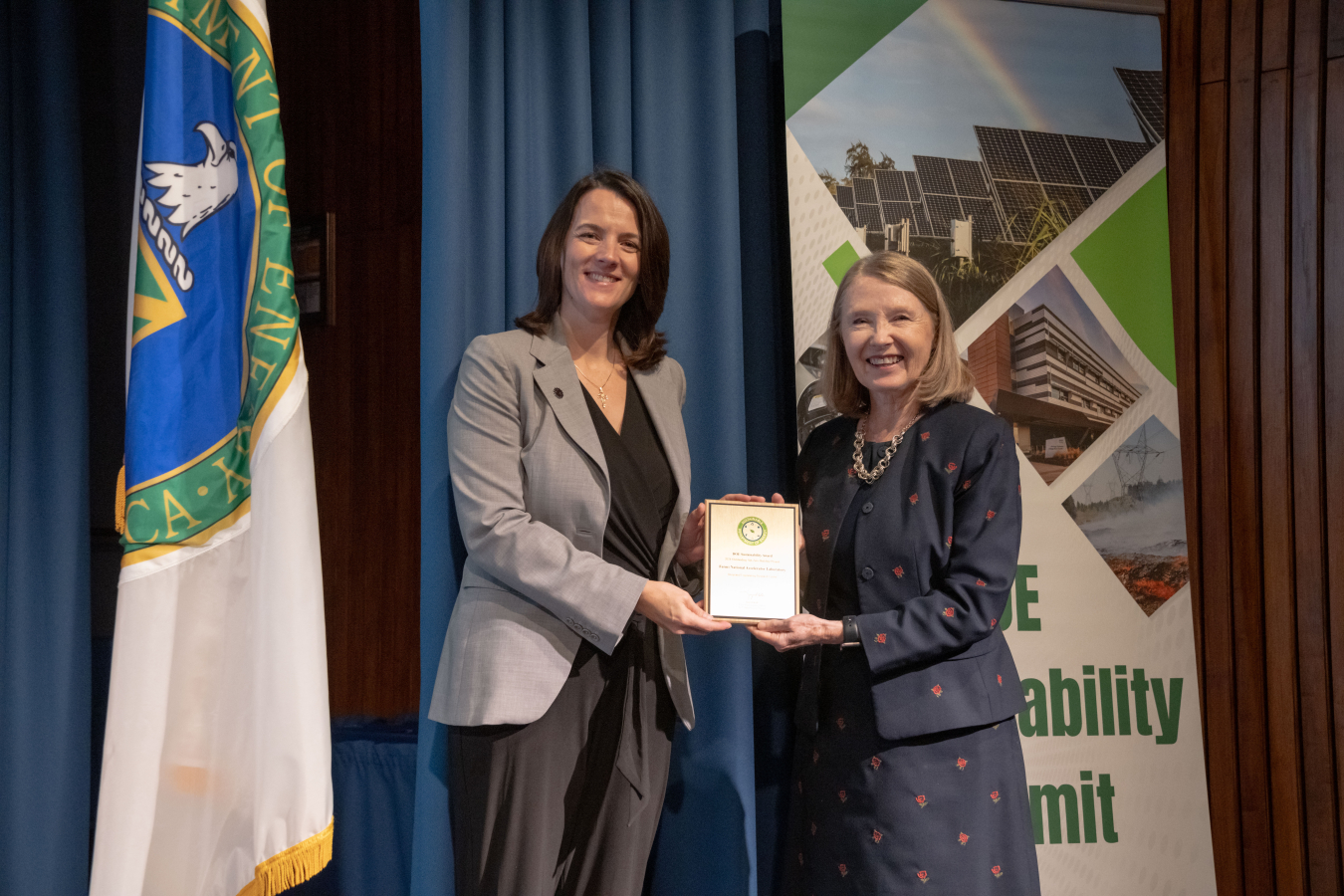 Catherine Hurley, Fermilab
Catherine Hurley, FermilabIntegrated Engineering Research Center (IERC)
The building’s design annually saves approximately 500,000 gallons of water, 3,700 million BTUs of energy, and 354,000 vehicle miles traveled. The environmental benefits of IERC are realized through the native plant landscaping, resource conservation, and pollution prevention aspects of the building.
Outstanding Sustainability Programs or Projects that directly help improve site fleet electrification efforts.
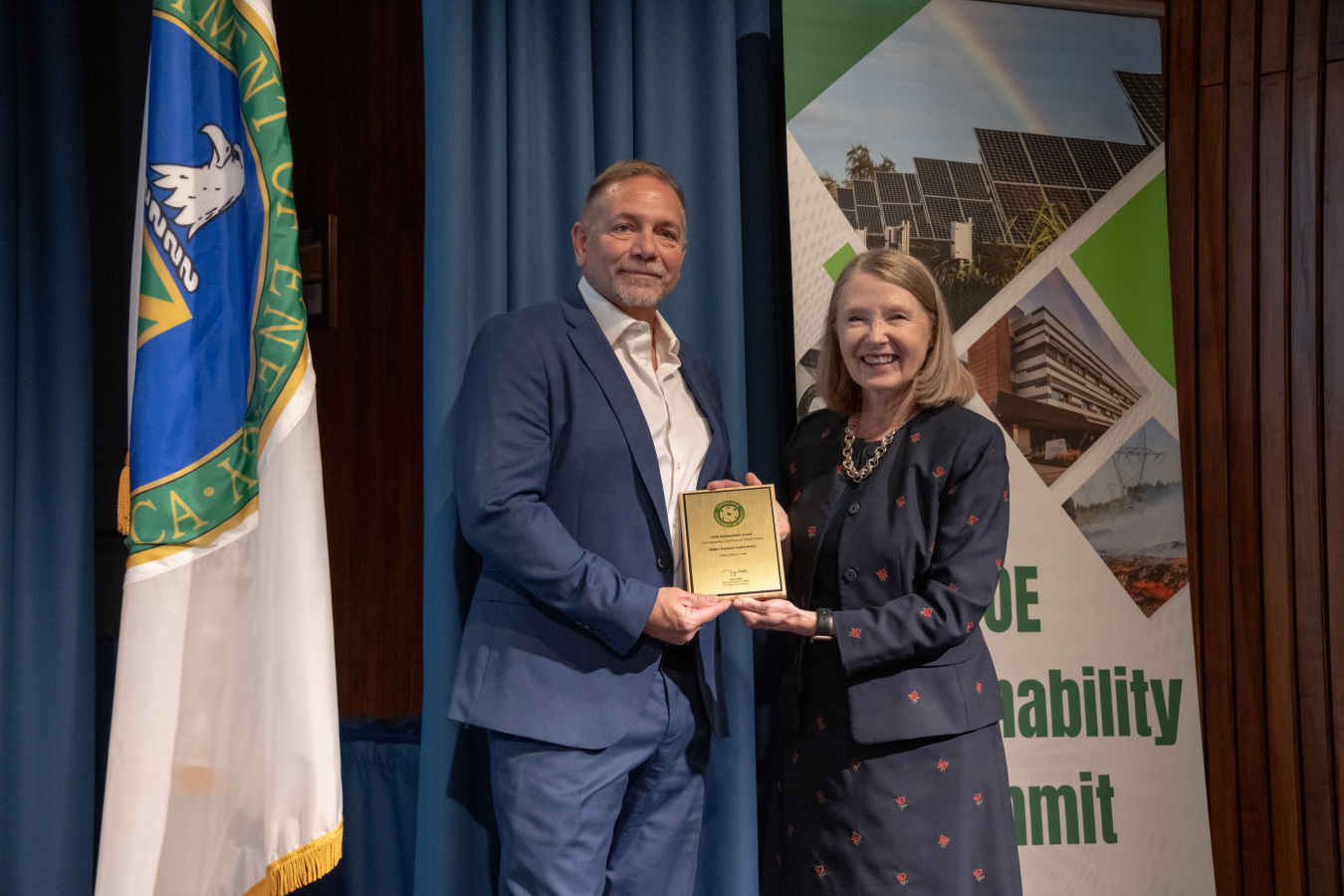 Ira Pray, INL
Ira Pray, INLIdaho National Laboratory Electric Motor Coach
Idaho National Laboratory (INL) is working to reduce emissions by adding the first electric motor coach to DOE’s fleet. The expected savings is approximately $20,000 per year in fuel costs compared to a diesel motor coach. In addition, the Level-3 chargers installed to support the motor coach can also be used to charge the 40+ light-duty ZEVs that INL operates.
 NREL team
NREL teamNational Renewable Energy Laboratory's Transition to Net-Zero Emissions Fleet
National Renewable Energy Laboratory's (NREL) has converted 18% of its fleet to electric vehicles and continues to work toward a fully zero emissions fleet by 2030, with two innovative vehicle procurements in 2024. NREL has secured GSA’s second overall order of heavy-duty vehicles and procured its first electric Utility Task Vehicle. Additionally in 2024, the NREL fleet team converted the entire shuttle operation to electric vehicles, saving over 3,000 gallons of gasoline.
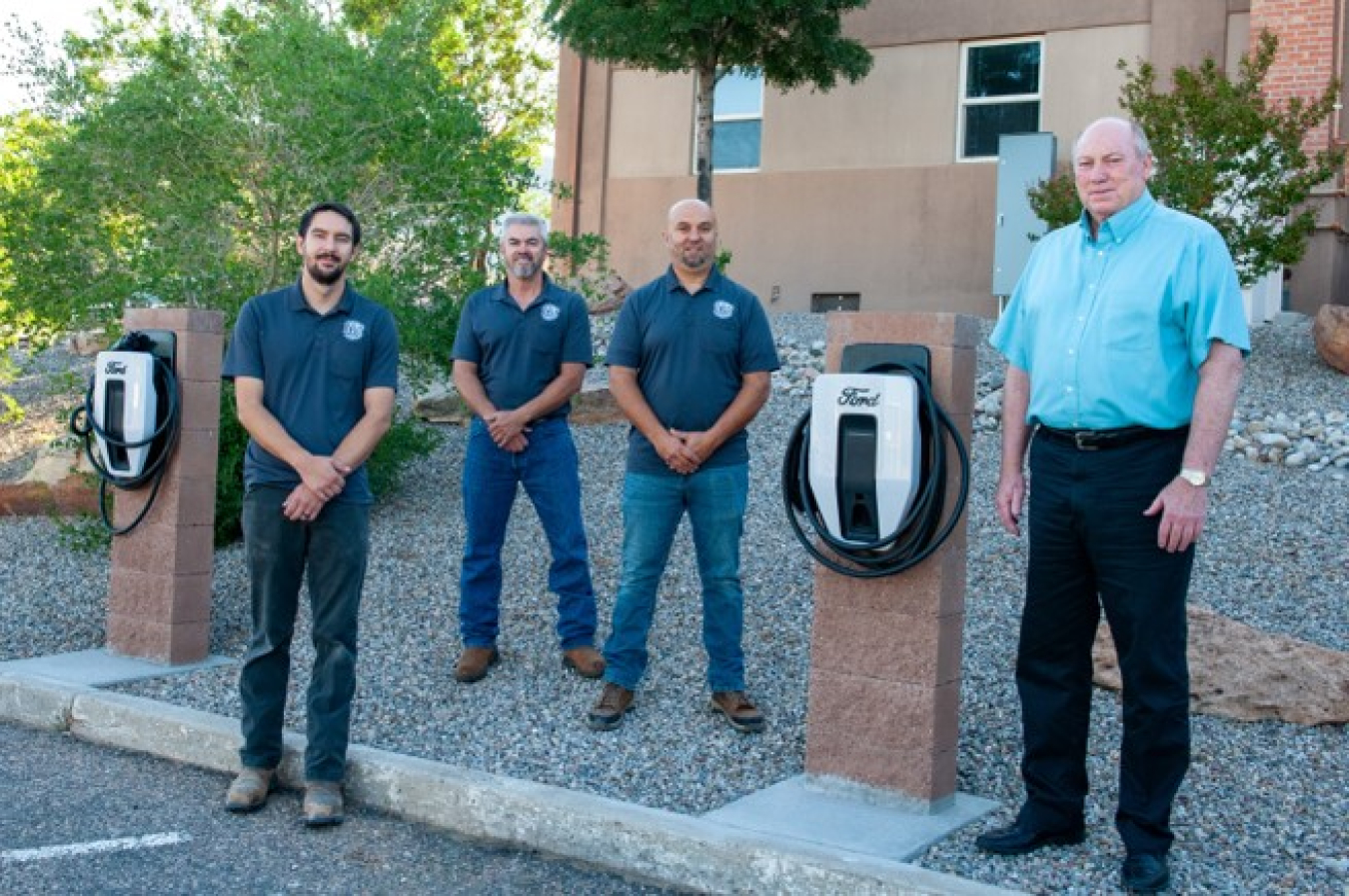 NTC team
NTC teamNational Training Center EV Charging Station Installation – Honorable Mention
The National Training Center (NTC) recently installed – on its own - four new charging stations to support NTC’s four F150 Lightnings. The NTC team completed installation for approximately $27,000, whereas commercial bids exceeded $150,000. This resulted in a $123,000 cost savings. And by converting to ZEVs, the NTC is estimated to save over 2,000 gallons of fuel annually.
Outstanding Sustainability Programs or Projects that directly help improve the procurement or development of CFE.
NETL teamFECM/NETL Creates New Program to Reach Carbon-Free Electricity Standards
The Office of Fossil Energy and Carbon Management (FECM) and the National Energy Technology Laboratory (NETL) have developed a first-of-its-kind, modified sleeve Power Purchase Agreement for its Pennsylvania and West Virginia sites, meeting the administration’s goal of 100% CFE by 2030 four years early. Under this agreement, they expect to buy up to 29,000 MWh of power annually by 2025. This novel concept of using the power balancing authority within the PJM grid to allow for multiple NETL sites to be considered for credit under the same PPA is unique and a credit to the team’s resourcefulness and acquisition expertise.
NREL teamColorado CFE Pathfinder Pilot Project – Honorable Mention
The National Renewable Energy Laboratory’s Colorado CFE Pathfinder Pilot is a robust program that creates a new green tariff that will allow customers to purchase renewable energy and includes a dashboard that will let the customers verify when they’ve achieved net-zero emissions. This program will benefit the environment by serving up to 86,000 MWh of federal load with new CFE generation and achieving 100% annual federal CFE in Xcel’s service territory.
Outstanding Sustainability Programs or Projects that directly help improve climate adaptation and resilience.
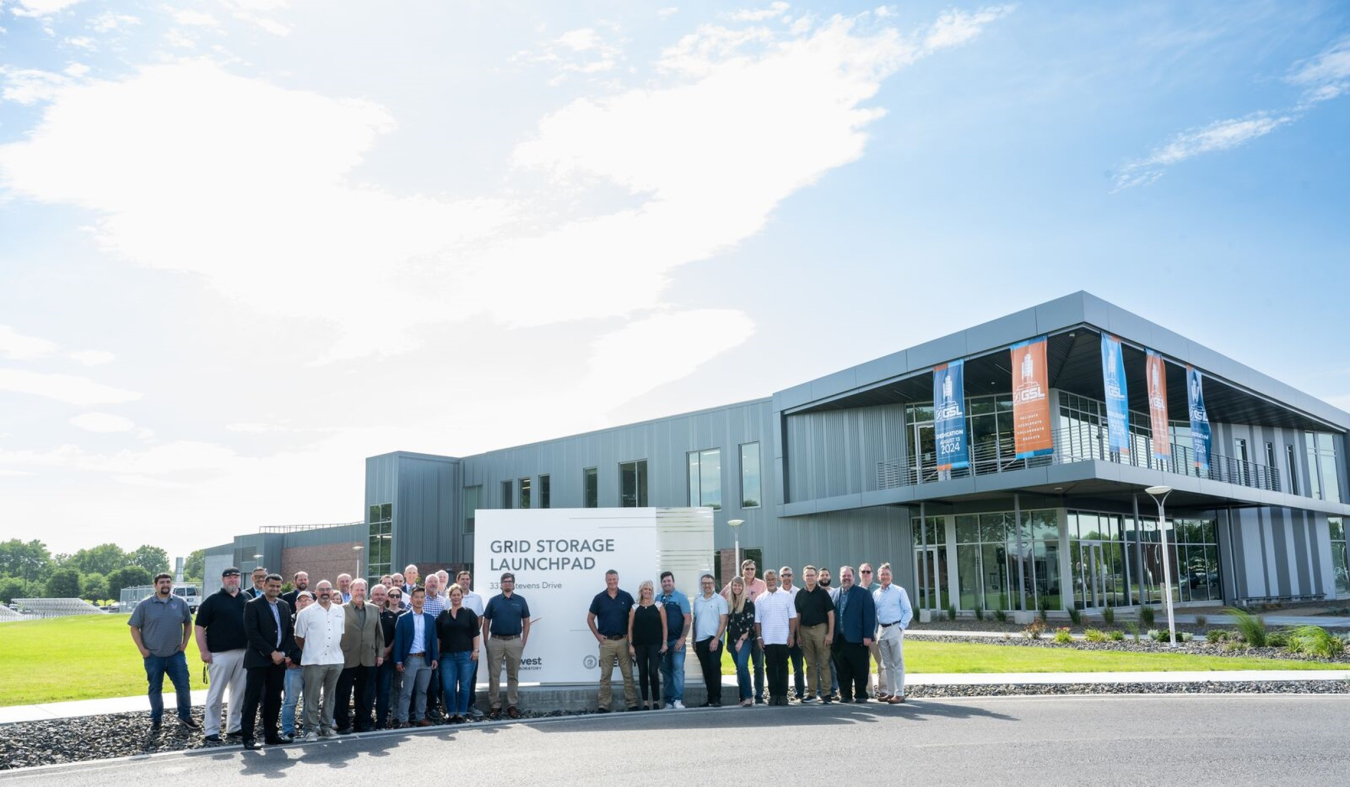 PNNL team
PNNL teamHarnessing Waste Heat/Energy for Elevated Resilient Operations
In alignment with Pacific Northwest National Laboratory's (PNNL) resilient planning and operations initiative, PNNL recently completed first-of-its-kind district energy systems with the Energy Sciences Center, Heat Transfer Building, and Grid Storage Launchpad. These building projects achieved a major strategic milestone in elevating energy resilient operations. When fully optimized, the Heat Transfer Building and Energy Sciences Center projects are expected to save approximately 14 billion BTUs of energy per year and approximately 2 million pounds of CO2 annually. The Grid Storage Launchpad building will further capture approximately 9.7 billion BTUs of energy per year and eliminate approximately 1.2 million pounds of CO2 equivalent annually.
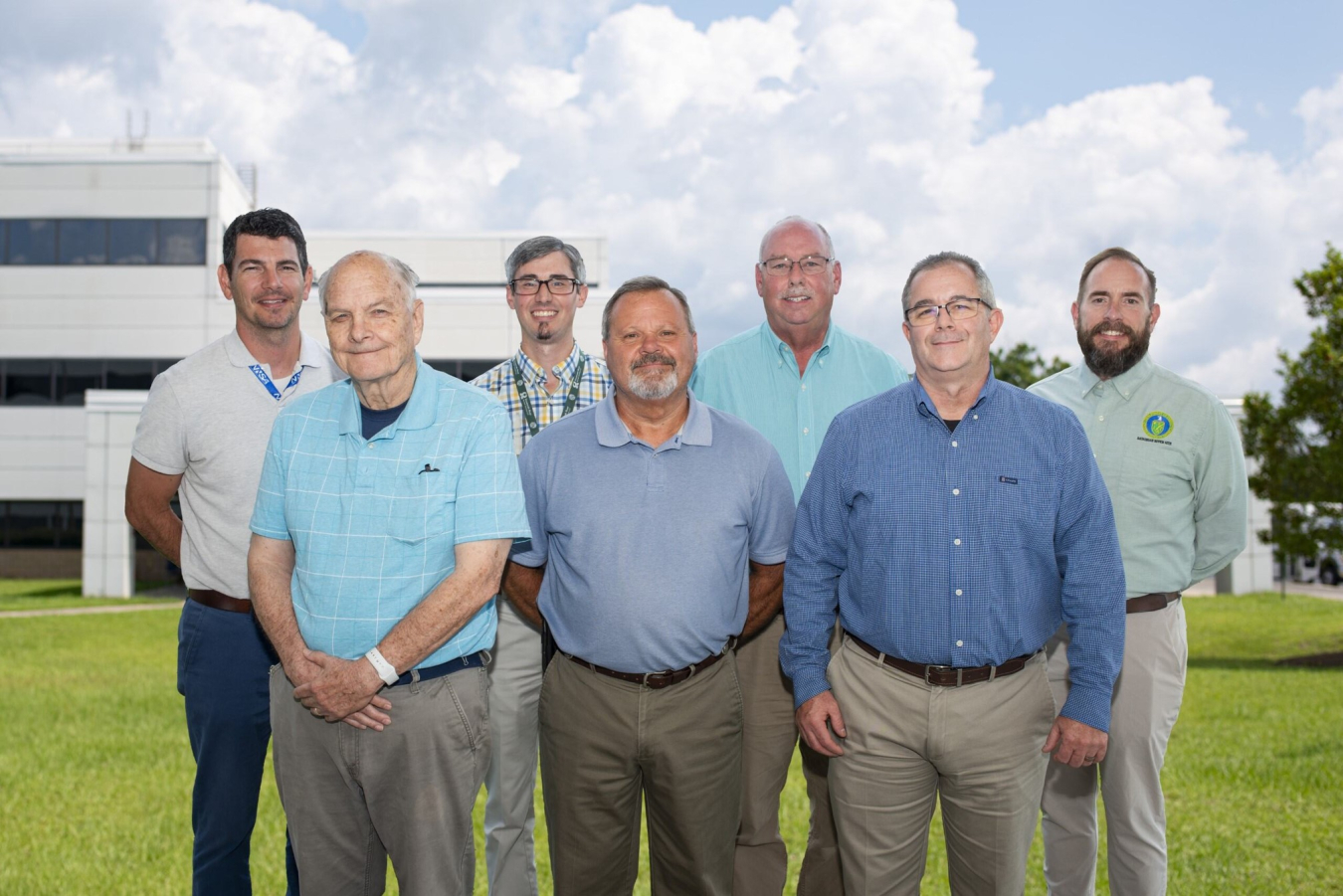 SRS team
SRS teamCommunication Tower 623-40G Structural Analysis & Upgrade Project
After completing their Vulnerability Assessment and Resilience Plan, Savannah River Site recognized the critical importance of the site’s Communication Tower and the potentially devastating impact on SRS emergency services if the Tower went off-line. The site completed a tower strengthening project that will extend its lifespan by 10 years, resulting in a cost avoidance of over $5 million. This upgrade project ensures that emergency services communication is much less likely to suffer interruption during extreme weather events.
 LM team
LM teamShirley Basin, Wyoming, Disposal Sites Regenerative Grazing Study – Honorable Mention
Regenerative agriculture can result in the sequestration of soil organic carbon, making it a potential strategy to mitigate climate change. Legacy Management’s (LM) study shows that regenerative grazing management can benefit agricultural producers, potentially increase plant diversity, and provide an opportunity to store soil carbon. Information generated from this study can provide land managers with strategies for restoring and managing disturbed landscapes.

